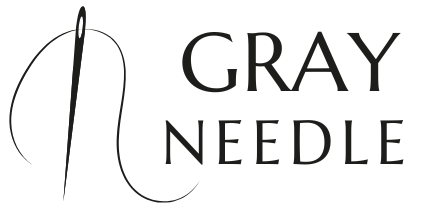When it comes to sewing, straight seams are fundamental to achieving a polished and professional finish in your projects. The quality of your seams can make or break your garment, affecting both its structure and aesthetic appeal. Understanding the importance of straight seams is crucial for anyone looking to elevate their sewing skills.
Straight seams serve not only as a basic construction technique but also as a foundation upon which more complex sewing methods are built. Here are some reasons why mastering straight seams is essential:
- Visual Appeal: Flawless straight seams create a clean, tailored look in your garments, enhancing their overall appearance.
- Structural Integrity: Properly sewn seams provide strength and durability, ensuring that your creations withstand wear and tear.
- Precision in Fit: Accurate seams contribute to a better fit, allowing garments to drape correctly on the body.
- Foundation for Techniques: Many advanced sewing techniques, including tailoring and quilting, rely on the ability to sew straight seams.
As you embark on your sewing journey, it’s vital to focus on perfecting this skill. Visit our website to learn more and get started today! Click here.
Essential Tools for Sewing Straight Seams
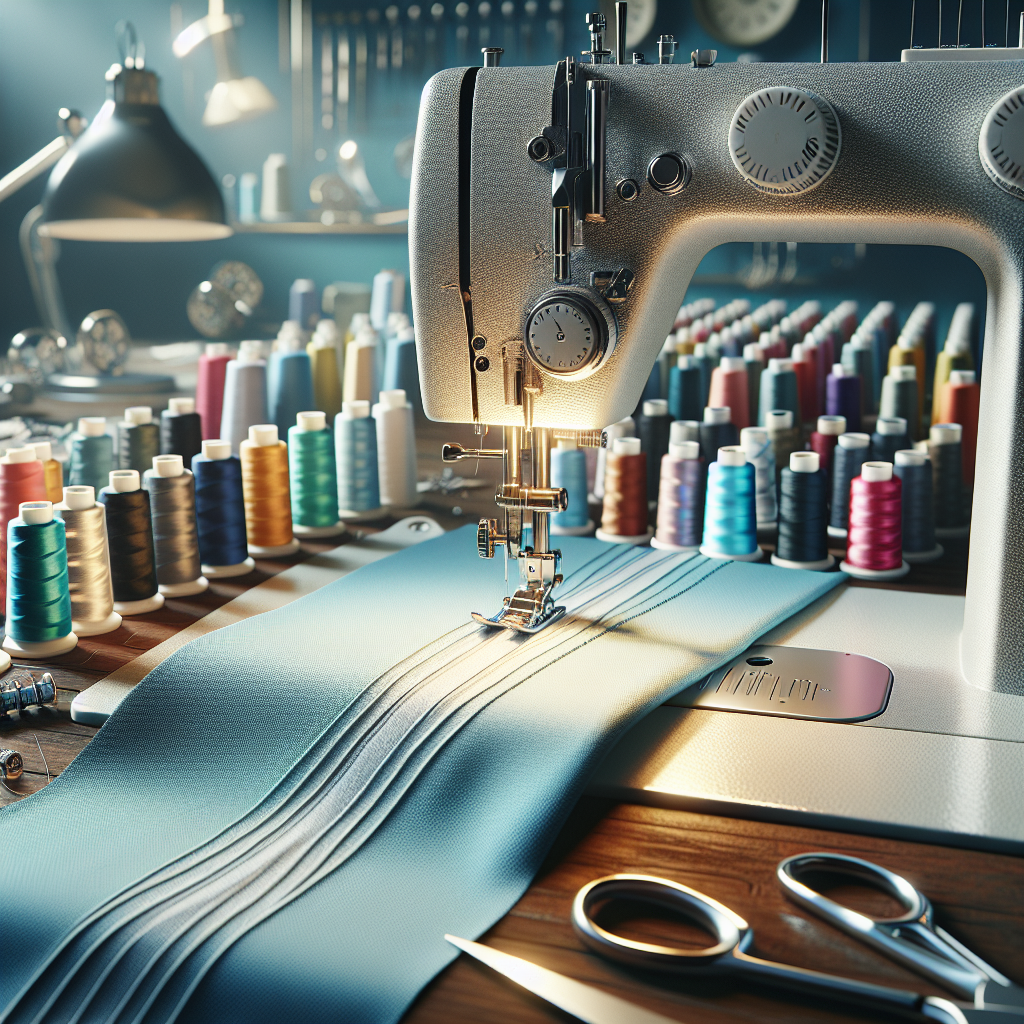
To achieve perfect straight seams, having the right tools is essential. The right equipment not only helps you sew efficiently but also enhances the accuracy and quality of your seams. Here’s a list of essential tools that every sewing enthusiast should have:
- Sewing Machine: A reliable sewing machine is the heart of any sewing project. Look for one with adjustable stitch lengths and a straight stitch plate for optimal results.
- Fabric Scissors: Sharp scissors are crucial for cutting fabric cleanly, which directly impacts the quality of your seams.
- Measuring Tools: Tools like measuring tapes, rulers, and seam gauges ensure precise measurements, helping you achieve accurate seam allowances.
- Pins and Clips: Use pins or fabric clips to hold your fabric layers together securely while sewing, preventing shifting and ensuring straight lines.
- Pressing Tools: An iron and pressing cloth are vital for setting seams and ensuring they lie flat, which is crucial for a professional finish.
Investing in these essential tools will streamline your sewing process and significantly enhance the quality of your straight seams.
Step-by-Step Guide to Sewing Straight Seams
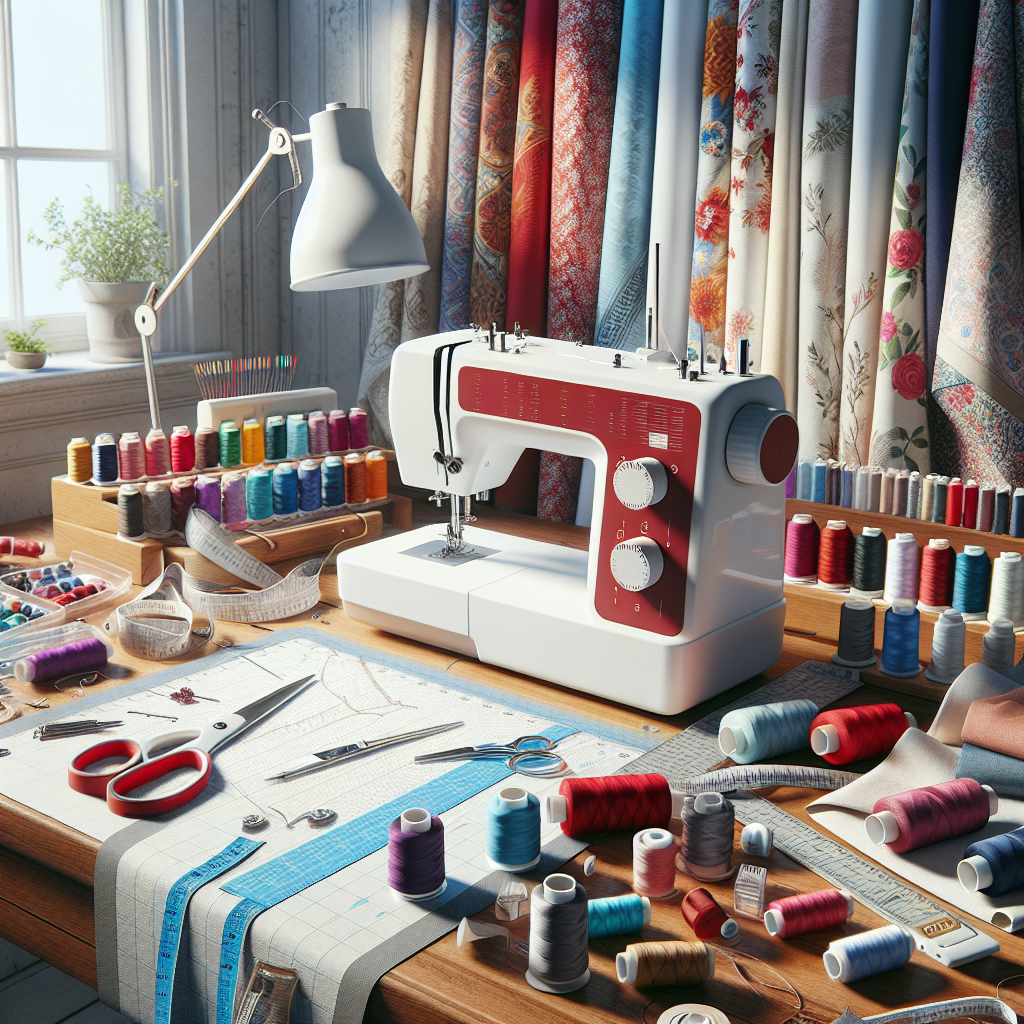
Mastering the art of sewing straight seams can dramatically improve the quality of your sewing projects. Follow this step-by-step guide to ensure your seams are perfectly straight every time:
- Prepare Your Fabric: Start by washing, drying, and pressing your fabric to remove any wrinkles. This ensures that your fabric is stable and ready for sewing.
- Measure and Mark: Use a measuring tape and tailor’s chalk to mark where the seam will be. This helps you maintain accuracy as you sew.
- Set Up Your Machine: Thread your sewing machine correctly and adjust the stitch length to suit the fabric type. A standard length is usually around 2.5mm.
- Align the Fabric: Place the fabric pieces right sides together and align the edges. Use pins or clips to secure them in place.
- Start Sewing: Begin sewing at a slow speed, guiding the fabric to keep the edge aligned with the machine’s seam guide. Remove pins as you sew to avoid breaking a needle.
- Press the Seams: After sewing, press the seams open or to one side using an iron. This helps to set the seam and gives your project a polished look.
By following these steps, you’ll be able to achieve perfect straight seams consistently, enhancing the overall quality of your sewing projects.
Common Mistakes to Avoid When Sewing
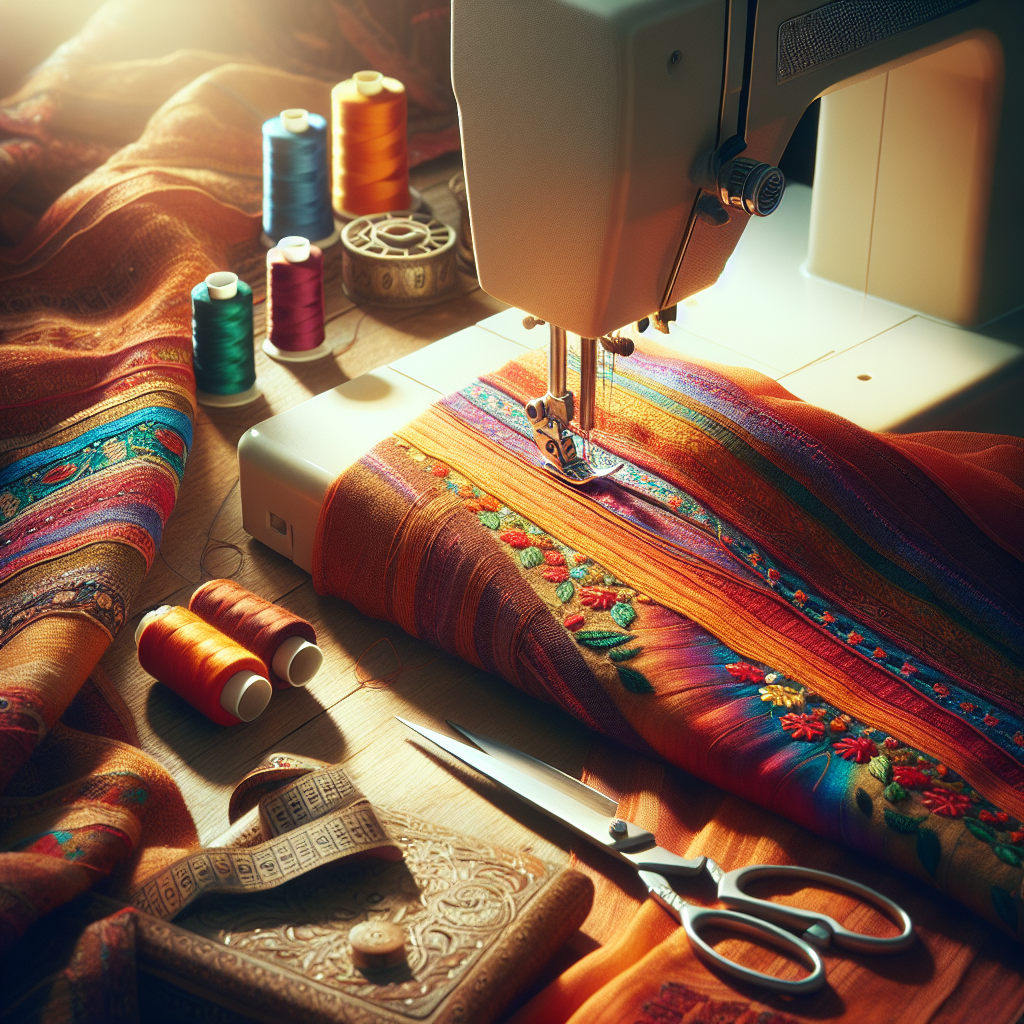
Even experienced sewists can encounter challenges while sewing straight seams. Here are some common mistakes to avoid that can help you achieve better results:
- Skipping the Pre-Wash: Neglecting to pre-wash your fabric can lead to shrinkage after your project is completed, resulting in warped seams.
- Improper Thread Tension: If your thread tension is too tight or too loose, it can cause puckering or uneven seams. Always check your tension settings before starting a project.
- Lack of Accurate Measurement: Failing to measure accurately often leads to uneven seams. Always double-check your measurements and markings before cutting or sewing.
- Ignoring the Seam Allowance: Using inconsistent seam allowances can create misaligned seams. Make sure to maintain the same seam allowance throughout your project.
- Not Testing on Scrap Fabric: Skipping a test run on scrap fabric can lead to unexpected issues. Always test your stitch length and tension on a scrap piece of the same fabric.
- Rushing the Process: Sewing too quickly can lead to mistakes. Take your time to ensure precision and accuracy in your work.
By being aware of these pitfalls and taking care to avoid them, you can improve your sewing skills and create flawless straight seams with ease.
Tips for Maintaining Consistent Seam Allowance
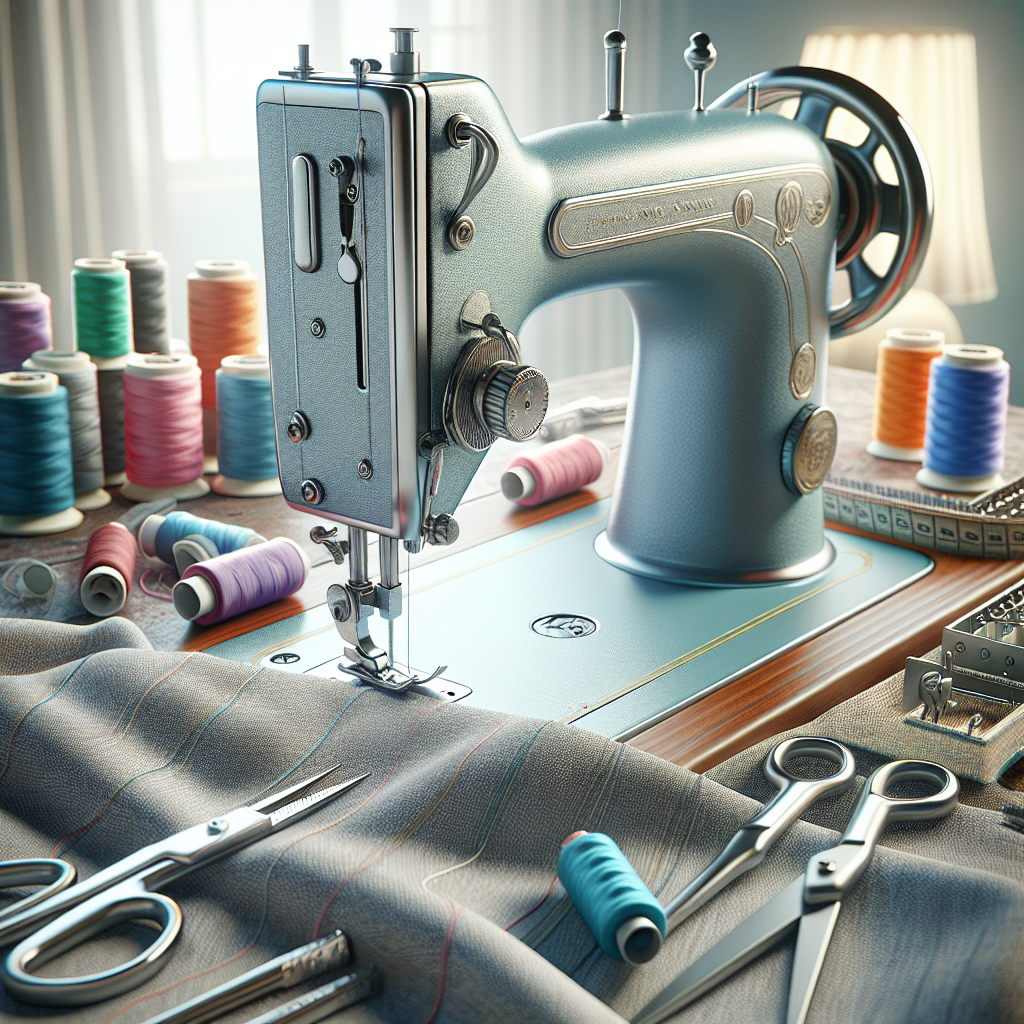
Maintaining a consistent seam allowance is crucial for achieving perfect straight seams. Here are some effective tips to help you keep your seam allowances uniform throughout your projects:
- Use a Guide: Consider using a seam guide or a ruler attached to your sewing machine to help you maintain the same distance from the fabric edge. This will give you a visual reference as you sew.
- Mark Your Fabric: Before you start sewing, use a fabric marker or chalk to draw lines on your fabric indicating where the seam allowance should be. This makes it easier to align the fabric as you sew.
- Choose the Right Foot: Using a presser foot with a built-in guide can significantly aid in keeping your seam allowance consistent. Many sewing machines come with various feet designed specifically for this purpose.
- Practice with Scrap Fabric: Before starting your main project, practice on scrap fabric to get a feel for maintaining a consistent seam allowance. This can help you build muscle memory.
- Check Your Machine Settings: Ensure that your sewing machine is correctly calibrated for the seam allowance you plan to use. Adjust the needle position if necessary to ensure it aligns with your desired seam allowance.
- Take Your Time: Don’t rush through your sewing. Focus on guiding the fabric gently and steadily to maintain a smooth and even seam allowance.
By implementing these tips, you can enhance your sewing technique and produce projects with clean, uniform seams that elevate your overall craftsmanship.
Advanced Techniques for Professional Straight Seams
As you progress in your sewing journey, mastering advanced techniques can elevate your projects to a professional level. Here are some methods to ensure your straight seams look impeccable:
- Chain Stitching: This technique involves sewing multiple pieces of fabric together in a continuous chain. It saves time and ensures consistent seam allowances, making it an excellent method for straight seams.
- Flat-Felling Seams: Ideal for creating sturdy, neat seams, flat-felling involves folding and stitching the raw edges of your fabric. This technique not only enhances durability but also gives a polished look.
- French Seams: Perfect for delicate fabrics, French seams encase raw edges within a second seam. This results in a clean finish that is both professional and beautiful, ensuring no fraying occurs.
- Use of Interfacing: When working with lightweight fabrics, adding interfacing can provide stability and prevent distortion during sewing. This is especially useful for achieving straight seams in garments.
- Pressing Techniques: Regularly pressing your seams as you sew is essential. Use a steam iron to flatten seams and remove any puckering, which contributes to a more professional finish.
- Consider Your Thread: Selecting the right thread type and weight can affect the appearance of your seams. Opt for a thread that complements your fabric for a cohesive look.
These advanced techniques not only refine your sewing skills but also enrich your projects with a professional touch. Visit our website to learn more and get started today! Click here.
